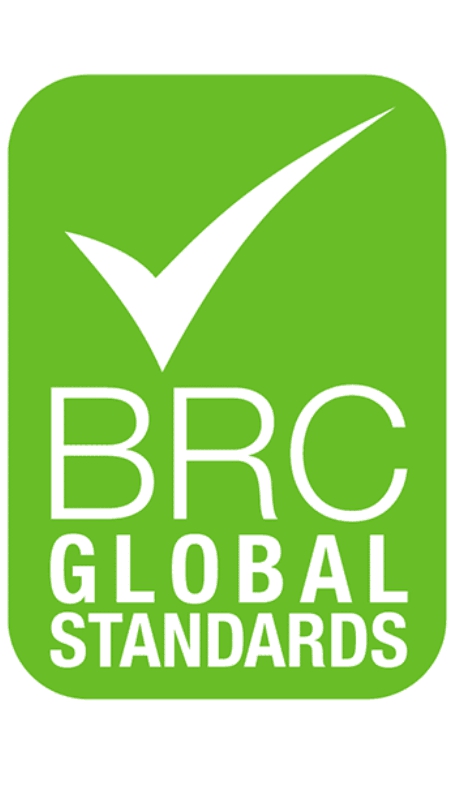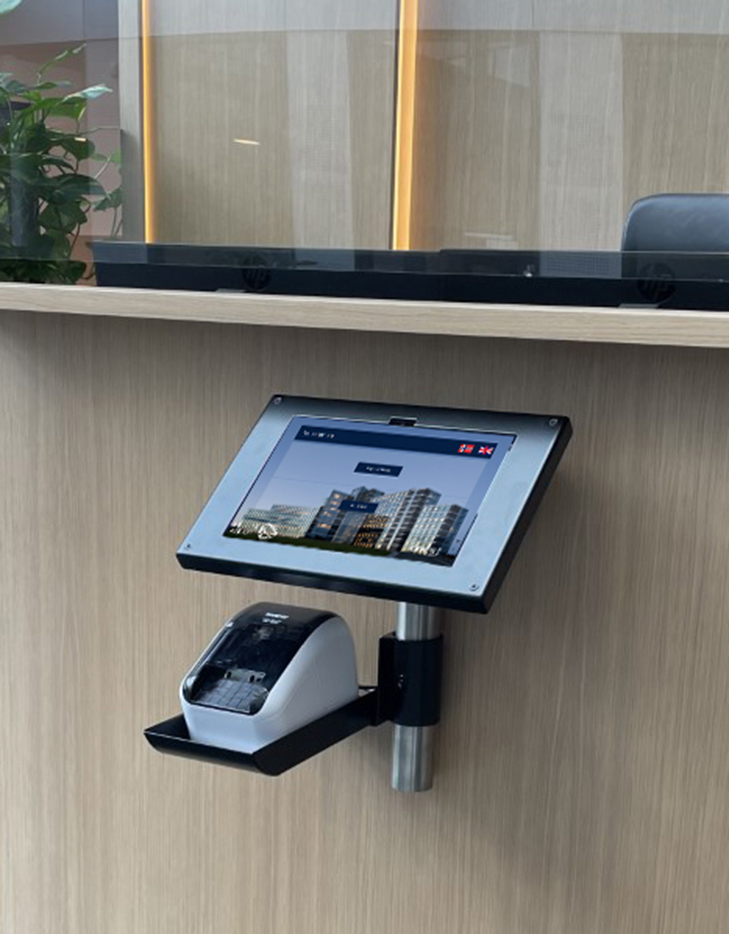
This is how you meet the BRC/BRCGS standard for food safety
BRC/BRCGS is a global standard for food safety that is used by food manufacturers and suppliers to ensure safe, high-quality products. The standard covers all aspects of food safety, hygiene, infection control and tracking. Here we focus on the part of the BRC standard dealing with the registration of external persons who are on the premises. onVisit visitor system helps to ensure a safe framework for receiving visitors, and to fulfill the requirements arising from the BRC standard.
The requirements briefly summarized
- Registration and marking of visitors
- Training and information
- Prevent unauthorized items from entering the premises
The solution
- Self-service visitor registration with automatic printing of visitor slips. Visit history for tracking
- Training and necessary information are integrated directly into the check-in of guests. Completed training must be confirmed before registration is completed
- Clear information about regulations. Stricter routines are assessed as needed
Registration and marking of visitors
Food producers must have a system to handle the check-in and check-out of visitors to their premises. This includes contractors and other third parties. The system must handle the registration of visitors on arrival, preferably by means of self-registration. Furthermore, visitors must have a clear visual marking indicating that they are external, for example with a visitor's tag attached to their clothing or on a ribbon around their neck.
Tiltak:
Implementation of a visitor system ensures a complete overview of outsiders who are on their premises. Check-in is easy and self-service upon arrival. If the visit is pre-registered, check-in can be done within seconds by scanning a sent QR code. With onVisit Contractor module you get a dedicated overview of external workers and their working hours. Visitor slips are printed automatically and ensure a clear marking of visitors. These contain relevant information, such as the visitor's name and company, as well as who is responsible for the guest.
Visitor history that is always available and stored according to GDPR guidelines.

Example of a terminal that can be used for self-registration of visitors on arrival
Training and information for visitors
The BRC standard requires that food producers provide the necessary training for visitors to their premises. This applies in particular if the visitor may come into contact with food, contact surfaces for food or production equipment. The training will cover topics such as food hygiene, the importance of personal hygiene, as well as specific risk factors and procedures for the premises.
Tiltak:
A flexible method for dealing with this is to make the necessary information available to the visitor at check-in. This can be done by presenting an information page, or taking the guests through a questionnaire. Visitors are then required to confirm that they have completed the training before they are given the opportunity to check in. Visitors who have not undergone relevant training will not be given the opportunity to register. With onVisit, this can be integrated directly into the registration terminal, so that all the necessary information is collected in one place. If a more extensive training is to be completed, a link to the online course can be sent out together with invitations to visit when the guests are pre-registered.
Furthermore, the system can be set up so that visitors who visit often do not have to go through the training again each time. Your approval will be valid until changes are made to the training, or until a certain number of days have passed since the last review.
Unauthorized items
Food producers must have procedures in place to prevent visitors from bringing unauthorized objects into the premises. Examples of this can be food and drink, or other goods that can contaminate the premises or the food.
Tiltak:
There should be clear information about what cannot be brought into the premises. At check-in, guests should agree to have read and understood this, and to not bring prohibited goods. In some cases, stricter control routines may be relevant.
Note: These are general guidelines based on our interpretation of the BRC standard. Remember to always check whether there are additional requirements that apply to your business.
